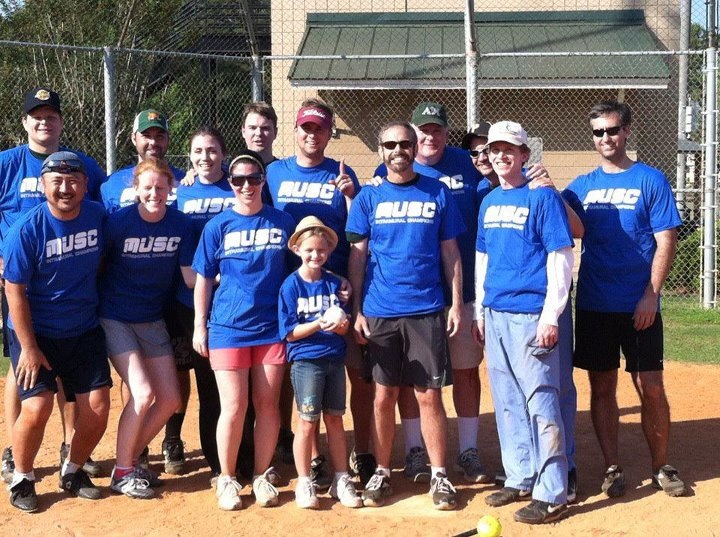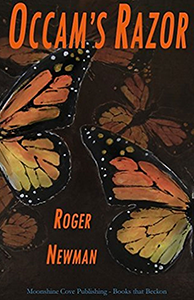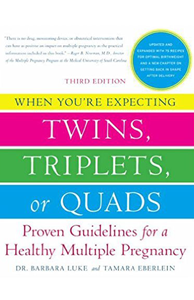There’s an old and crude expression which persists because of its unassailable truth. “Opinions are like a__-h____; everybody has one.” Blogs are mostly just opinions on steroids. It’s easy to shoot from the hip with a shotgun and never look back. So, one of the things I wanted to do with Post Scripts is to periodically look back and update previous postings.
Several months ago I posted a tongue in cheek blog about Infanto-Cryopreservation in response to several papers advocating elective oocyte cryopreservation as a “fertility protecting” step for career-minded women. A Clinical Practice article on Cryopreservation of Oocytes was recently published in the New England Journal of Medicine by Dr. Glenn Schattman.
Based on the available literature, the most important factors influencing the likelihood of a live birth following IVF were the woman’s age at the time of oocyte vitrification (flash freezing) and the number of oocytes available. Schattman’s practice recommendation was that “elective preservation of oocytes should be discussed with all women who are in their early 30’s” facing that most dangerous cause of gonado-toxicity………….. getting older.
Schattman’s recommendations reflect the position paper of the American Society for Reproductive Medicine. That document is one of the great position statements of all times and is worthwhile reading twice. The ASRM no longer considers elective oocyte preservation “experimental,” but it also recognizes the paucity of evidence with respect to safety, efficacy, ethics, emotional risks, and cost-effectiveness of oocyte cryopreservation for non-medical indications.
I have no doubt that oocyte cryopreservation may prove to be an incredibly good idea for selected women who, for whatever reason, are in their mid-thirties and cannot anticipate pregnancy for the next several years. Unfortunately, at present, there is limited objective and independent information to guide individual patient counseling.
What are the long-term medical risks associated with ovarian stimulation or oocyte retrieval? What are the emotional consequences of undergoing oocyte cryopreservation and then failing later efforts at IVF? How does having frozen oocytes affect life choices? How do the increased obstetrical risks among older women affect the cost-benefit analyses performed by the infertility specialists?
In the absence of answers to these kind of questions, it is dangerous for discussions of expensive elective cryopreservation to be offered by service providers who stand to gain direct financial benefit. Such a universal clinical recommendation will serve to fuel women’s fears of age-related infertility and promote the commercial business of oocyte cryopreservation. Remember, the number one reason why people bought the I-Phone 6 was that everyone else already had one.
In my OPINION, in the absence of better studies, these recommendations inappropriately simplify what is an immensely complex decision about reproductive choices.
A while ago I also did a blog called “Lions, Tigers and Zika, Oh My.” The blog didn’t mean to trivialize the Zika epidemic (it’s coming), but I did point out that I’d previously seen multiple “all life as we know it” epidemics come and go. As they say, “in like a lion, out like a lamb.” Illustrative of that point, the US government announced last week that almost $600 million in funds authorized to fight the Ebola epidemic were being redirected to fight the spread of Zika virus.
My other OPINION in that blog was that there were still more questions than answers regarding the human reproductive effects of the Zika virus. That was exactly the same opinion of Dr. Edward R.B. McCabe, Chief Medical Officer of the March of Dimes who testified before Congress last week.
There are currently 672 confirmed cases of Zika virus infection in the U.S. including 64 pregnant women. Importantly, all cases have been related to travel. There are no confirmed cases arising within the continental U.S. However, no one doubts that it’s coming. The A. aegypti mosquito ranges as far north as New Jersey and as far west as California. Miami, the city at greatest risk for a Zika outbreak, has 500,000 to one million visitors each month from countries with widespread Zika transmission.
When it does get here, we’ll find out how widespread it will be with the personal and public health and mosquito abatement programs we have in this country. We’ll find out what other variables affect the rate of fetal transmission and its severity. We’ll find out how quickly herd immunity spreads through the population and how protective immunity is for pregnant women. Finally, if we do develop an honest to God epidemic targeting well-to-do country club debutantes who don’t want to smell like Deep Woods OFF, we’ll find out how quickly a vaccine can be developed.
In my blog regarding the suspicious sonic booms off the South Carolina coast I OPINED that it might have something to do with a simultaneous outage of MUSC’s electronic medical record (EMR). I described the havoc that ensues within the medical system when the EMR goes down. Although I cannot prove that my blog was responsible, its posting was almost immediately followed by a series of headlines about hackers attacking hospital systems.
The hackers insert ransomware that locks or encrypts your local computer or network drives, crippling your individual computer and potentially locking up an entire network system. Without paying the ransom for the special access code to unlock the system, the computer system infected with ransomware can be inaccessible for an undetermined period of time.
When these ransomware viruses shut down the hospital ERM system the grist wheel turning disease into gold grinds to a halt. Most hospitals, so far, have chosen to pay the ransom. The hackers demanded $17,000 from a Southern California hospital system. Had to be teenage hackers needing new hover boards. The hospitals paid up rather than taking the potential loss. I apologize for giving them the idea.
Good news- an e mail today from the MUSC Office of Communications IT Team reported the official institutional policy to not negotiate with cyber-terrorists and reassure that we have an emergency system in place to re-image and restore work stations in the event of an IT crisis.
A few weeks ago I blogged about the importance of tenure and proposed changes to the MUSC tenure policy. Happily, the MUSC faculty voted to reject the proposed changes offered by the University Provost. However, my OPINION was that the tension between academic freedom and academic control was an endless debate. I don’t know what’s going to happen next. But, if I’m right, I doubt that the university administration will just accept the faculty vote. It will be interesting to see what happens next regarding university tenure. I’ll keep you posted.
Lastly, we had an update last Tuesday from the CEO of the MUSC Children’s Hospital and the Director of Women’s Services about the project planning for the new Shawn Jenkins Children’s Hospital and Women’s Pavilion. It’s going to be really pretty and the opening date is shaping up to be the last quarter of 2019.
Noting that the Charleston airways are filled with a high dollar advertising campaign for the new Shawn Jenkins Children’s Hospital, the question was asked when would there be any public marketing about the building of a new Women’s Hospital. We were told that our friends in the development office thought it would be premature to advertise the new Women’s Pavilion until a high level donor could be identified for naming rights.
While we pondered the question of why the lack of a naming donor should defer advertising the coming new Women’s and Children’s hospital together, we were immediately reassured that a number of high profile donors were being pursued and a commitment was imminent. Great news.
Let’s be patient and wait for that announcement. Apparently, it is just around the corner. I’m holding out hope for the Shawn Jenkins Children’s Hospital and the Bill Murray Women’s Caddyshack. I just hope that all the advertising money isn’t spent before we have that name.
While Roger Newman has been on the faculty at MUSC in the Department of Obstetrics and Gynecology for 30 years, the opinions expressed above are those of the writer alone and not necessarily those of the university.With the arrival of April, a new baseball and softball season is upon us. All is well in the world. Well, at least that’s my opinion.








Roger, you either purposely or inadvertently left out the all-important codicil to the “opinions/a–h—” proverb. The full and correct version is “Opinions are like a–h—s: everyone has one, and more often than not are full of s–t”